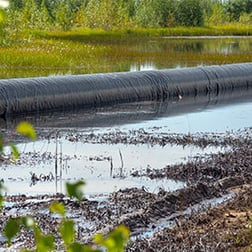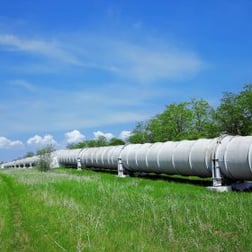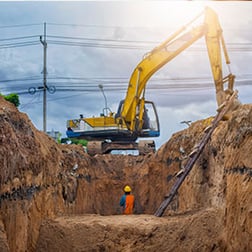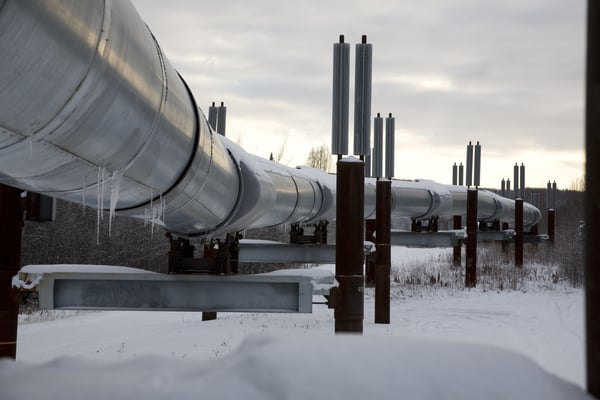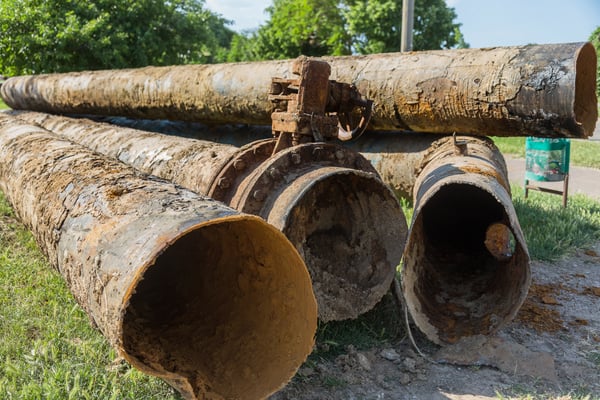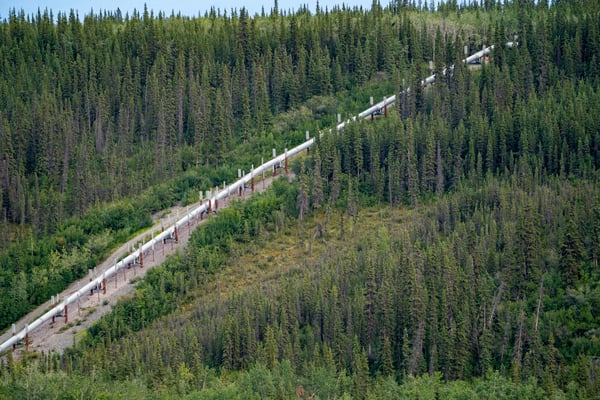One Bridge Solutions
Alignment Process: Elevate the Accuracy and Reliability of your current efforts
Alignment Business Problem:
When evaluating the integrity of a pipeline using inline inspection data, one of the primary challenges the integrity engineer faces is reliably and accurately aligning data from consecutive inspections with other asset information. Without this alignment, both longitudinally along the length of the pipeline and by clock position, it is extremely difficult to make comprehensive comparisons of identified features between multiple Inline Inspections. To correctly handle this comparison, the process used must first align anomalies and do so with a high quantifiable level of statistical confidence. This alignment process should handle rotational drift as well as errors in the imperfect odometer readings. Traditional methods of using linear referencing or geospatial location for the anomalies fall short due to variation and inaccuracies in odometer, coordinate, and orientation information.
Align with Confidence:
Below is an animation that illustrates how Cognitive Integrity Management™ solves the alignment problem. The animation visualizes the reported linear position (distances) of Girth Welds as reported by two different tools during two different Inline Inspections of the same pipeline. You can see that before the algorithmic feature alignment process provided by Cognitive Integrity Management™, it is not immediately clear which Girth Welds in the first inspection correspond to ones in the second inspection. Much like facial recognition, our algorithms leverage the unique patterns based on the varying distances between features to determine the correct alignment. This includes the identification of any new features and construction/repair activity that may have taken place since the previous inspection. With this breakthrough alignment process as a foundation, Cognitive Integrity Management™ provides a complete picture of exactly where integrity conditions are changing on the pipeline, helping operators to quickly assess and manage that change.

(watch the animation above)
An often-overlooked limitation with manual alignment processes today is that they fail to consider the box over box interactions when comparing successive ILI runs, and instead focus on aligning based on the point of origin for the anomalies, and not the extent of the boxed indications. The alignment processing used in Cognitive Integrity Management™ provides the box over box interaction alignment necessary to provide corrosion growth rate estimates that incorporate these interactions. Below are examples of the box over box interactions for corrosion growth analysis, and the one to many and many to one relationships for feature calls that can occur over successive ILI runs.
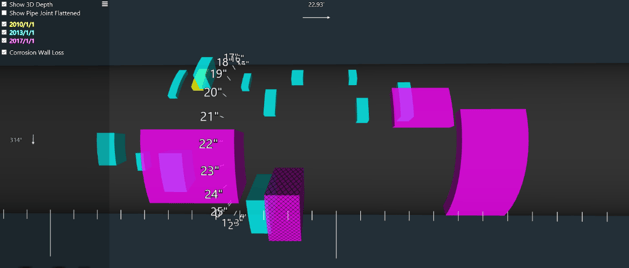
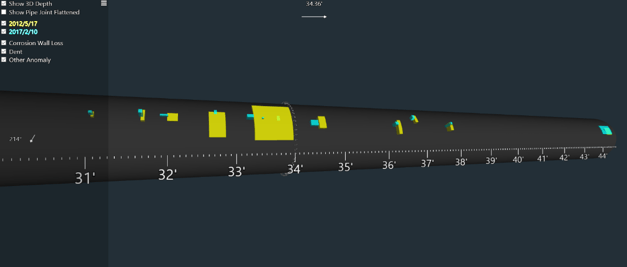
Threat interactions can also be missed using the manual review and point of origin analyses. Below is an example of a dent feature (called out by the linear feature on the pipe) and corrosion wall loss anomalies clustered around the dent. Our algorithms can be used to identify locations such as the one depicted below where you have dents with associated metal loss, possibly identified by different tool runs. Without the proper alignment and matching analyses, these features could be missed by a manual review.

Understanding the business value:
The result of the alignment process provides the operator with a far better understanding of where pipeline conditions are changing due to the comprehensive comparison of successive ILI tool runs, a process that was previously much more costly and prone to error if done manually. To date, operators have already found that CIM successfully identified numerous fast-growing corrosion anomalies that would not have been identified with their existing processes reliant on legacy software or spreadsheet analysis. These features potentially would have failed prior to the next scheduled inspection and would have resulted in millions in costs to the operator. By fully integrating the data already collected on the pipeline, operators can further reduce their risk without significant additional investment, and free up their integrity engineers to focus on high-value engineering tasks.




